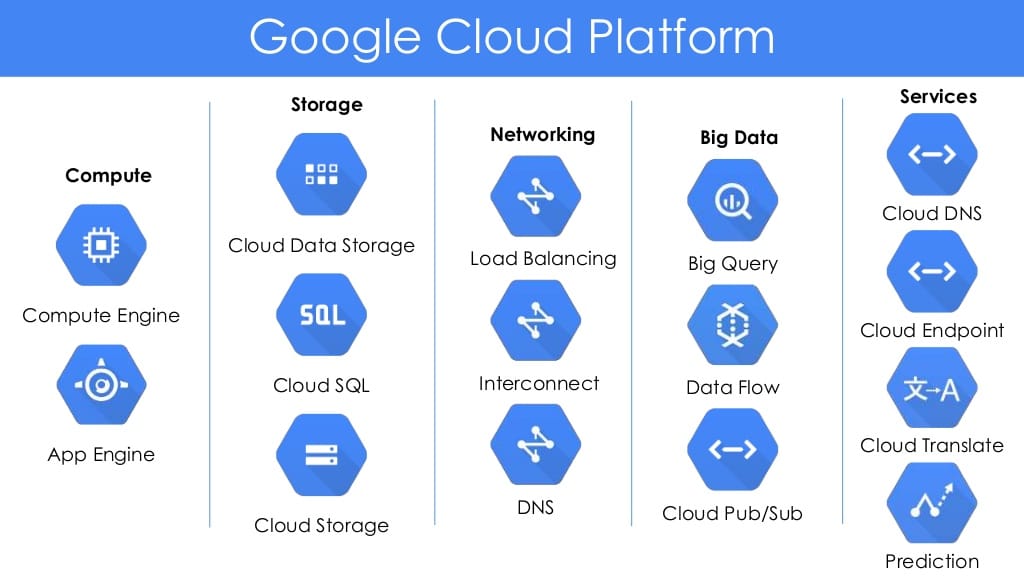Most Recent Cloud Services Press Release: Technologies and Market Updates
Most Recent Cloud Services Press Release: Technologies and Market Updates
Blog Article
Achieve Seamless Scalability With Cloud Solutions
In the ever-evolving landscape of cloud services, accomplishing seamless scalability stands as a foundation for modern organizations looking for to stay competitive and adaptable. The quest for smooth scalability with cloud solutions reveals a globe of opportunities for those willing to embrace the transformative power of vibrant source management.
Benefits of Cloud Scalability
Cloud scalability uses companies the flexibility to dynamically readjust sources based upon demand, making certain ideal performance and expense performance. One key benefit is the ability to range resources up or down rapidly in response to fluctuating work. This agility enables businesses to fulfill transforming client demands without over-provisioning sources, eventually leading to cost financial savings. Scalability additionally enhances efficiency by guaranteeing that systems can handle enhanced traffic or work without experiencing downtime or stagnations. By successfully alloting sources, companies can maintain high levels of performance throughout peak times without unneeded expenditures during quieter durations. Furthermore, cloud scalability advertises development and trial and error by permitting companies to quickly examine new concepts and range them as needed. This flexibility urges a culture of continual renovation and adaptation, enabling organizations to stay affordable in a quickly advancing market landscape. Ultimately, the advantages of cloud scalability extend beyond cost savings to include improved efficiency, dexterity, and innovation.
Key Attributes for Scaling
Efficient scaling in cloud solutions relies on crucial features that enable companies to change sources dynamically based on need. Another essential attribute is scalability, making it possible for systems to handle boosted work by adding sources seamlessly. Overall, these essential functions jointly encourage companies to attain seamless scalability in cloud solutions.
Implementing Auto-Scaling Methods
To efficiently enhance resource allowance and adapt to differing workloads, organizations should tactically implement auto-scaling strategies in their cloud services framework. Auto-scaling allows systems to automatically readjust the variety of calculate sources based on real-time need. There are different auto-scaling techniques that organizations can employ, such as anticipating scaling, which makes use of historical data to anticipate future resource requirements, and reactive scaling, which responds to present workload changes.

Finest Practices for Scalability
For organizations intending to enhance their scalability in cloud services, implementing site ideal practices is crucial for ideal performance and source administration. One secret finest practice is designing applications with a microservices style. This method breaks down applications right into smaller sized, independent services that can be deployed, upgraded, and scaled separately, enabling greater versatility and scalability.
One more essential method is making use of containerization innovation, such as Docker or Kubernetes. Containers make it possible for the packaging of applications and their dependencies right into separated devices, making it less complicated to scale elements separately and deploy them continually across different atmospheres.
In addition, carrying out automated deployment and infrastructure as code (IaC) can improve scalability initiatives (linkdaddy cloud services). Automation tools like Terraform or Ansible aid in provisioning and handling sources successfully, lowering hands-on errors and allowing rapid scalability
In addition, keeping an eye on efficiency metrics, establishing notifies, and performing regular capability preparation are crucial techniques to guarantee positive scalability administration. By sticking to these ideal methods, companies can achieve seamless scalability in their cloud solutions while enhancing performance and source application.
Monitoring Performance Metrics
When examining the efficiency of cloud services scalability, very closely monitoring efficiency metrics is crucial for making sure optimum capability and resource allotment. By continually tracking index key performance indications (KPIs) such as feedback times, throughput, latency, and resource usage, organizations can obtain valuable understandings right into the health and efficiency of their cloud infrastructure. Checking efficiency metrics permits the very early detection of prospective bottlenecks or concerns that might impact scalability, allowing positive steps to be taken to resolve them prior to they rise.

Conclusion
To conclude, achieving smooth scalability with cloud solutions is vital for companies to maximize performance, improve innovation, and keep high performance degrees throughout peak times. By leveraging view it now the benefits of cloud scalability, carrying out auto-scaling strategies, making use of essential features such as elasticity and automation, and following ideal techniques like application layout and performance surveillance, services can efficiently scale their systems while making the most of resource application and performance.
The mission for smooth scalability with cloud solutions reveals a globe of possibilities for those willing to welcome the transformative power of dynamic resource monitoring.
Cloud scalability provides organizations the versatility to dynamically change resources based on demand, ensuring optimum performance and price effectiveness. Another key function is scalability, enabling systems to manage increased workload by adding sources flawlessly.For organizations intending to enhance their scalability in cloud solutions, executing ideal practices is critical for optimal efficiency and source administration.When evaluating the efficiency of cloud services scalability, very closely keeping track of efficiency metrics is vital for ensuring ideal capability and source allotment.
Report this page